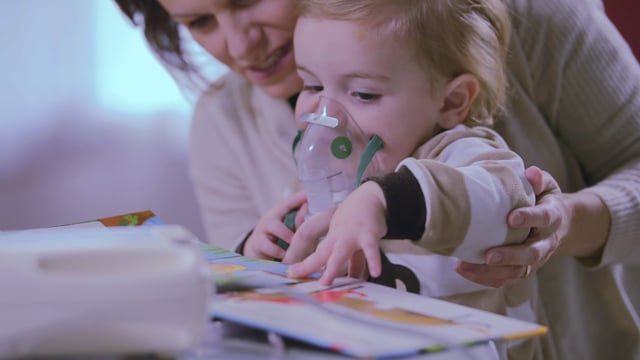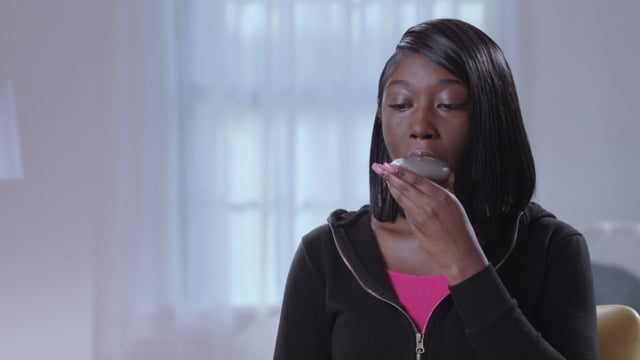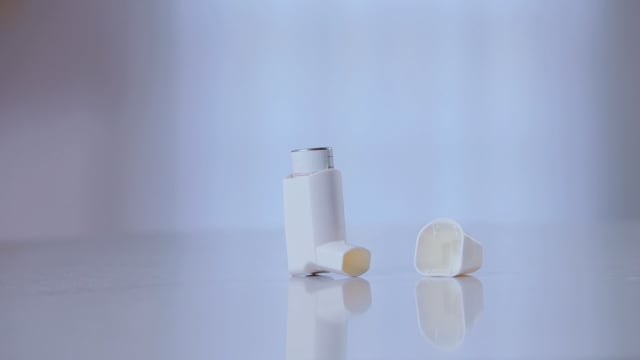- Home
- Parents Home
- Allergy Center
- Asthma Center
- Cancer Center
- Diabetes Center
- A to Z Dictionary
- Emotions & Behavior
- First Aid & Safety
- Food Allergy Center
- General Health
- Growth & Development
- Flu Center
- Heart Health
- Homework Help Center
- Infections
- Diseases & Conditions
- Nutrition & Fitness Center
- Play & Learn Center
- School & Family Life
- Pregnancy Center
- Newborn Center
- Q&A
- Recipes
- Sports Medicine Center
- Doctors & Hospitals
- Videos
- Para Padres
- Home
- Kids Home
- Asthma Center
- Cancer Center
- Movies & More
- Diabetes Center
- Getting Help
- Feelings
- Puberty & Growing Up
- Health Problems of Grown-Ups
- Health Problems
- Homework Center
- How the Body Works
- Illnesses & Injuries
- Nutrition & Fitness Center
- Recipes & Cooking
- Staying Healthy
- Stay Safe Center
- Relax & Unwind Center
- Q&A
- Heart Center
- Videos
- Staying Safe
- Kids' Medical Dictionary
- Para Niños
- Home
- Teens Home
- Asthma Center
- Be Your Best Self Center
- Cancer Center
- Diabetes Center
- Diseases & Conditions
- Drugs & Alcohol
- Expert Answers (Q&A)
- Flu Center
- Homework Help Center
- Infections
- Managing Your Medical Care
- Managing Your Weight
- Nutrition & Fitness Center
- Recipes
- Safety & First Aid
- School & Work
- Sexual Health
- Sports Center
- Stress & Coping Center
- Videos
- Your Body
- Your Mind
- Para Adolescentes
What Are Nebulizers and Inhalers?
What Are Nebulizers and Inhalers?
Nebulizers and inhalers are tools that help kids take their asthma medicines. To work as they should, most asthma medicines need to be breathed into the lungs.
Nebulizers turn liquid medicine into a mist so that kids can breathe it in. Inhalers, also called puffers, usually deliver the medicine in a spray. Some inhalers release the medicine as a fine powder.
These tools are effective when used properly. But each has their pros and cons — so talk to your doctor about which one is best for your child.

Using a Nebulizer
Learn step-by-step how to use a nebulizer for asthma.

Using a Dry Powder inhaler
Learn step-by-step how to use a dry powder inhaler for asthma.

Using an Inhaler With a Spacer
Learn step-by-step how to use an inhaler with a spacer for asthma.
How Does a Nebulizer Work?
A nebulizer is an electric or battery-powered machine. It usually has four parts:
- the motor
- the mouthpiece or facemask
- the cup
- tubing
Medicine is put into the cup, which is attached to the motor via tubing. The mouthpiece or facemask is then attached to the cup. When the machine is turned on, it sends a mist into the mask. The child can breathe in this mist.
Kids don't have to "do" anything to receive the medicine except stay still and breathe in. It usually takes about 5 or 10 minutes to breathe in all the medicine. A child who doesn't stay still and cooperate, or who cries, may not get all the medicine needed. During treatment, it's important to help your child be as still and calm as possible.
How Does an Inhaler Work?
Metered dose inhalers (MDI)
MDIs push out a pre-measured spray of asthma medicine. They look like mini aerosol cans. When a person squeezes the inhaler, a measured "puff" of medicine is released.
MDIs require coordination when used on their own. A child must be able to activate the device and breathe in at the same time. If not, the medicine may end up in the mouth instead of in the lungs. That's why many doctors recommend attaching the metered dose inhaler to a spacer.
A spacer is a kind of holding chamber for asthma medicine. It attaches to the inhaler on one end and to a mouthpiece or mask on the other end. When someone pushes down on the inhaler, the medicine stays in the spacer until they're ready to breathe it in. So, very young kids and even babies can take their medicines using a metered dose inhaler with a spacer because they don't have to "do" anything other than sit and breathe.
With a spacer, it usually takes less than 30 seconds to get medicine into the lungs.
Some MDIs have counters that indicate how many doses remain. If there's no counter, the number of doses already used should be tracked so that the inhaler can be replaced on time.
Dry Powder Inhalers
Dry powder inhalers deliver medicine as a powder. The powder is also breathed in, but it doesn't spray out. Kids need to do more of the work by inhaling the powdered medicine quickly and strongly. Most kids can do this when they're around 5 or 6 years old.
Doctors tend to prescribe MDIs more commonly than dry powder inhalers.
What Else Should I Know?
Using nebulizers or inhalers can be tricky. So ask your doctor to show you how the device works before you first use it. Doctors might ask an older kid or teen to demonstrate using an inhaler and offer advice, if needed.
If you have any questions or if you're concerned that your child isn't getting the right dose of medicine, talk to your doctor.

© 1995- The Nemours Foundation. KidsHealth® is a registered trademark of The Nemours Foundation. All rights reserved.
Images sourced by The Nemours Foundation and Getty Images.
